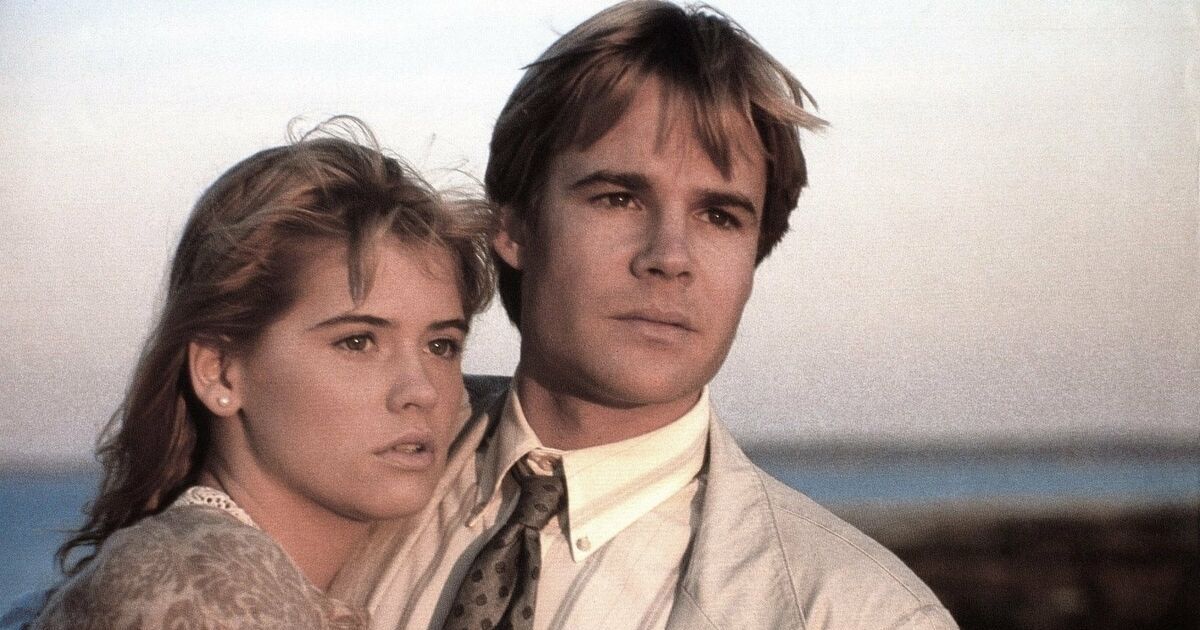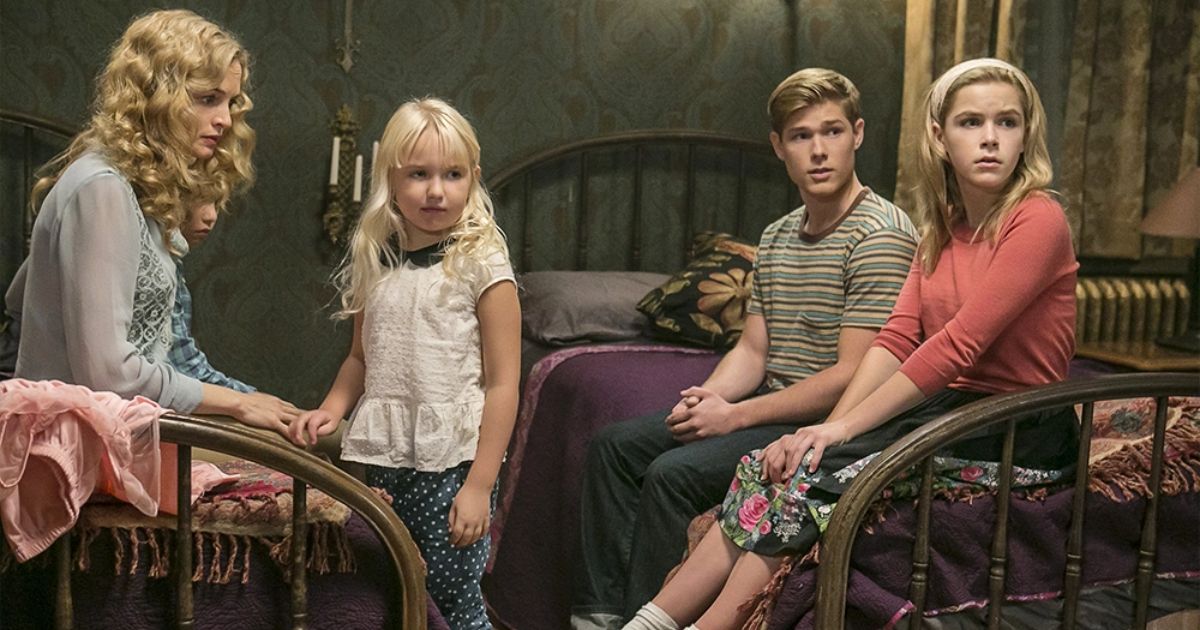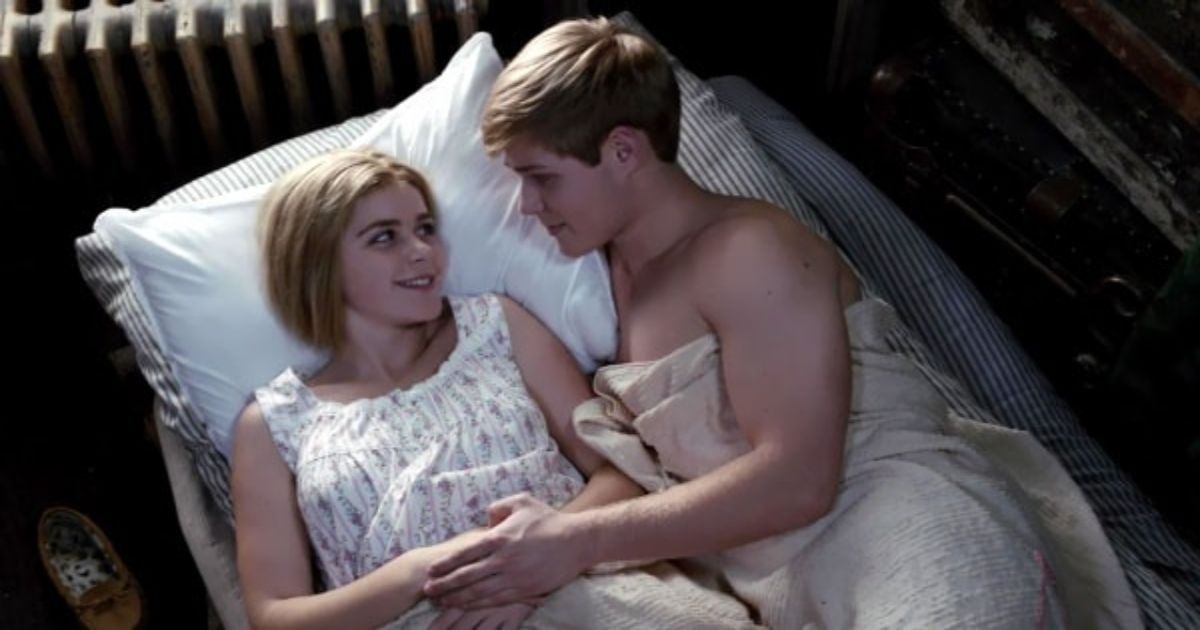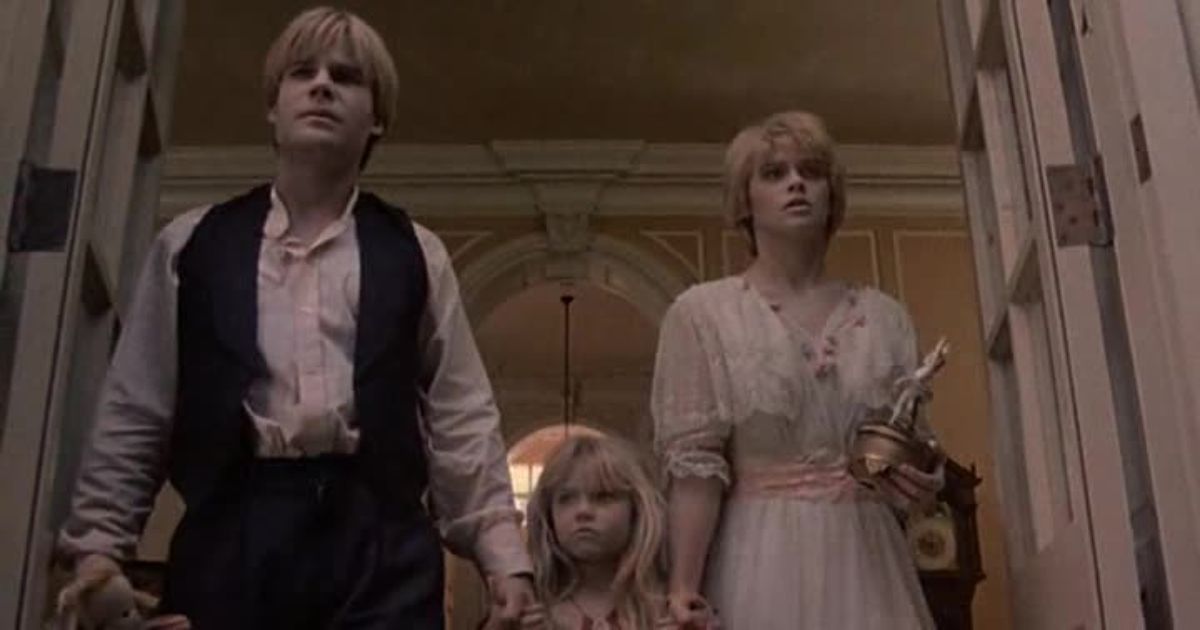The 1979 gothic novel Flowers in the Attic by American novelist V. C. Andrews was an instant bestseller, and it’s easy to see why. The book explores taboo topics of murder, rape, incest, and child abuse. It’s a dark and twisted story and one that breaks the mold. The characters are complex, extremely flawed, and ruthless in their actions. In addition, there is something haunting about them and the way they unapologetically abuse one another to reach their goals. The story provides a dark escape from reality, and perhaps the reason that readers found the book so engrossing was that it offered a glimpse into a family so warped and so evil that it was unlike any family they had ever encountered. Flowers in the Attic (1979) was the first book in The Dollanganger series, and it was quickly followed by three sequels: Petals on the Wind (1980), If There Be Thorns (1981), Seeds of Yesterday (1984), and the prequel, Garden of Shadows (1987), which was written by V. C. Andrews and Andrew Neiderman, who finished the novel by ghostwriting it for her after her death in 1986.
MOVIEWEB VIDEO OF THE DAY
In 1987, Flowers in the Attic was adapted into a feature film starring Louise Fletcher, Victoria Tennant, Kristy Swanson, and Jeb Stuart Adams. While this film has a creepy atmosphere, it left much to be desired, especially when it came to the actors and the film’s accuracy in relation to its source material. However, one area where the film succeeded was its soundtrack, which is hauntingly beautiful and perfectly sets the tone for the dark story to unfold. Thanks to its musical score, the film feels like a gothic fairytale, and matches the children’s hope and wonder which quickly turns to terror. But besides composer Christopher Young’s work, the movie is mediocre at best, and easily forgettable. Luckily for fans of the books, that wasn’t the last we saw of the Dollangangers, because in 2014, Lifetime remade the film with a cast consisting of Heather Graham, Ellen Burstyn, Kiernan Shipka, and Mason Dye. This Flowers in the Attic was much more satisfactory, and improved upon the original in many ways.
The Acting

The 1987 Flowers in the Attic adaptation had a cast that unfortunately, showed very little emotional range. Actors Kristy Swanson and Jeb Stuart Adams got the most screen time as they played the older children Cathy and Christopher. Throughout the film, these two only displayed about two emotions: dazed confusion and pure anger. Yet, their hate was very one-note, and we never saw the layers of emotion fueling their contempt. Instead, Swanson and Adams fail to show complex, multilayered emotions, with the vast majority of their performances coming across as flat and over the top.
There’s a lot of shouting in the film which, used sparingly, can work effectively, but overusing it reads as poor acting and a lack of range. Then there’s Victoria Tennant, who plays the children’s mother, Corrine. Her acting is very theatrical and over the top, and it feels more like she is giving a dramatic performance on stage. The only one who really shines in the film is Academy Award winner Louise Fletcher (Nurse Ratched in One Flew Over the Cuckoo’s Nest) who portrays Olivia Foxworth, the overly religious deranged grandmother.
Lastly, adding to the cheesy acting is a script that’s not great, with many of the lines feeling obvious, unnecessary, or overused. However, when the acting isn’t superb, it’s probably necessary to have the actors spell out every little thing since their emotions aren’t capable of conveying the plot.

While the acting may be less than desirable in the first adaptation, the 2014 Lifetime movie greatly improves on it with a cast that displays a range of emotions including hurt, anger, betrayal, terror, guilt, and deception. Kiernan Shipka is quite good as Cathy and portrays more hurt and betrayal than anger, which was Kristy Swanson’s overused go-to emotion. Another standout performance is Ellen Burstyn, a triple crown winner (Academy, Tony, and Emmy Awards) who plays the grandmother. She delivers a performance that’s much different than Louise Fletcher’s, but is still very effective in showcasing a crazy woman with all the power. Finally, there’s Heather Graham as Corrine, the mother, who delivers a complex performance of a woman quickly succumbing to greed.
Incest

While there were many liberties taken in the 1987 version that dilute the film from its source material, one of the biggest changes was the omission of romantic interest between Cathy and Christopher. While there are slight hints of it, nothing romantic ever happens between the siblings. Incest may be a taboo topic and an uncomfortable one for audiences to watch, but it’s one of the main themes in The Dollanganger book series, so it doesn’t make sense to take it out. In doing so, the 1987 film feels like a watered-down film without much substance. After all, the grandmother is constantly carrying around a bible, inspecting the children, and scrutinizing them for their sinful ways. However, when nothing lustful ever happens between Cathy and Christopher, the grandmother loses merit and her points become mute. She loses authority and is simply an angry woman who rants and raves about hypothetical situations that never come true.
In the 2014 Lifetime version, the romantic interest between Cathy and Christopher is as clear as day, with the pair sharing several kisses and even having sex. Although, sex scenes are not shown but are implied by revealing the pair undressed in a bed together after kissing. However, one big difference between this film and the book is that the sex is consensual and not the rape that transpires in the book when Christopher becomes enraged and jealous over a kiss Cathy gave her sleeping stepfather.
The Ending

Another big change from the 1987 film to the 2014 one is the ending. In the 1987 version, Cathy, Christopher, and Carrie crash their mother’s wedding, much to the surprise of all in attendance. After confronting her mother, Cathy pulls out a cookie laced with rat poisoning, (one of the same cookies that her mother prepared with the hopes of killing the children) and demands that her mother eat the cookie. When Corrine backs up and refuses, Cathy forcefully pushes her mother who falls over the edge of a balcony and hangs to death after her dress is caught on metal trim. Not only is this accident very farfetched and over the top, but it’s also not accurate to the book, as Corrine actually doesn’t die in the series until book three. Additionally, Corrine is essential to the plot of both the second and the third book, so it doesn’t make sense for her to perish in the first film. By creating this ending, it’s clear that a sequel was never in the works.
In the Lifetime 2014 version, the ending is traditional to the book. Once Cathy and Christopher learn that their mother has remarried, they begin to suspect that she might never come back for them. Therefore, they start sneaking downstairs to steal money with the hope of saving up enough to leave. However, it’s not until they learn that she was the cause of their younger brother’s death, that it’s finally clear that she wants to rid herself of all of them. The children finally escape the house of horrors and catch a train to Florida and the film closes with Cathy vowing to get revenge on her mother.
While the 2014 film is much more accurate to the book, it’s also a very cut and dry version and doesn’t have the haunting atmospheric feel to it that the 1987 film does. It feels almost like a soap opera gone bad, rather than a gothic tale of horror. However, fans of the series will still likely enjoy this newer version more, as it’s true to its source material and tells the Dollanganger story accurately.